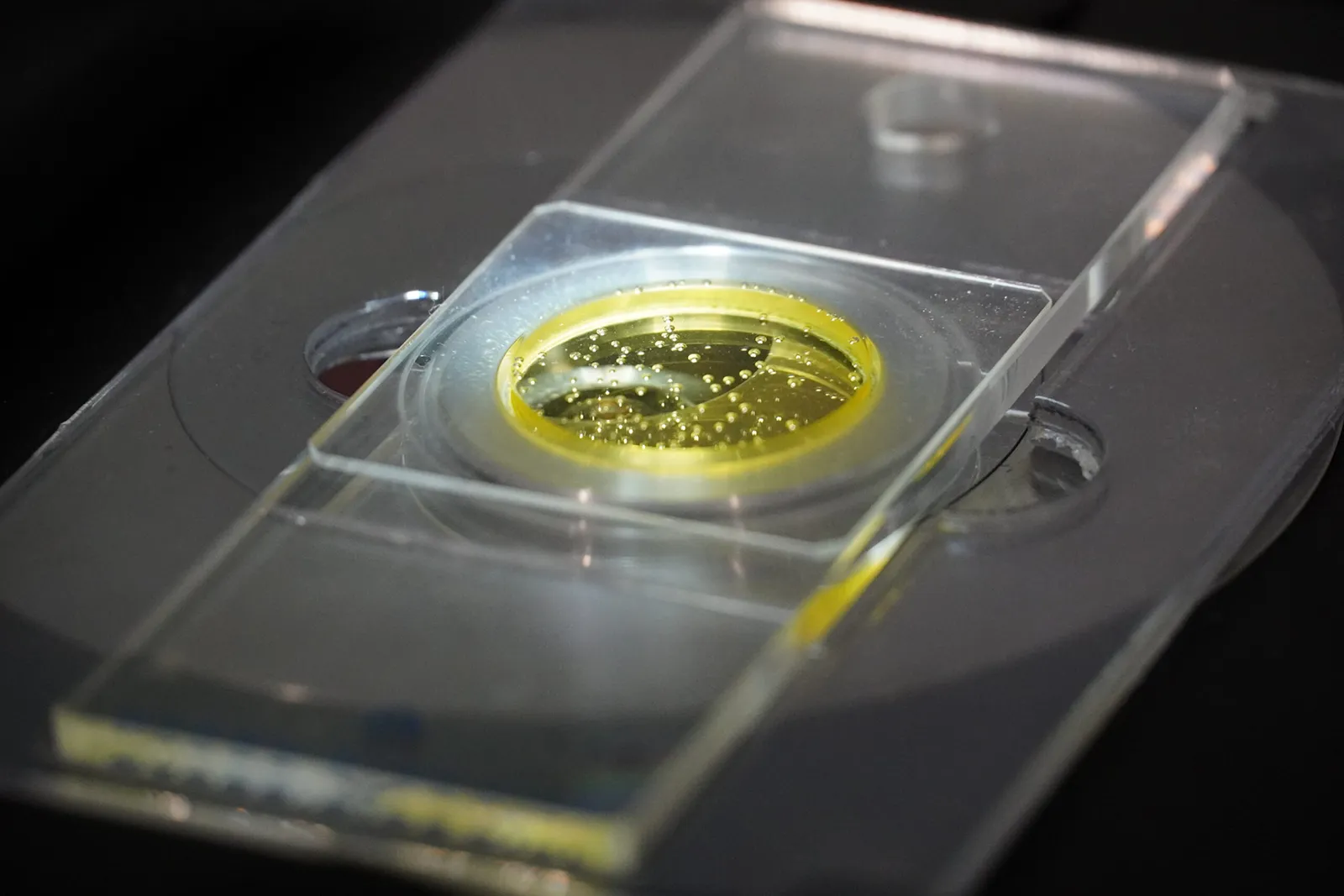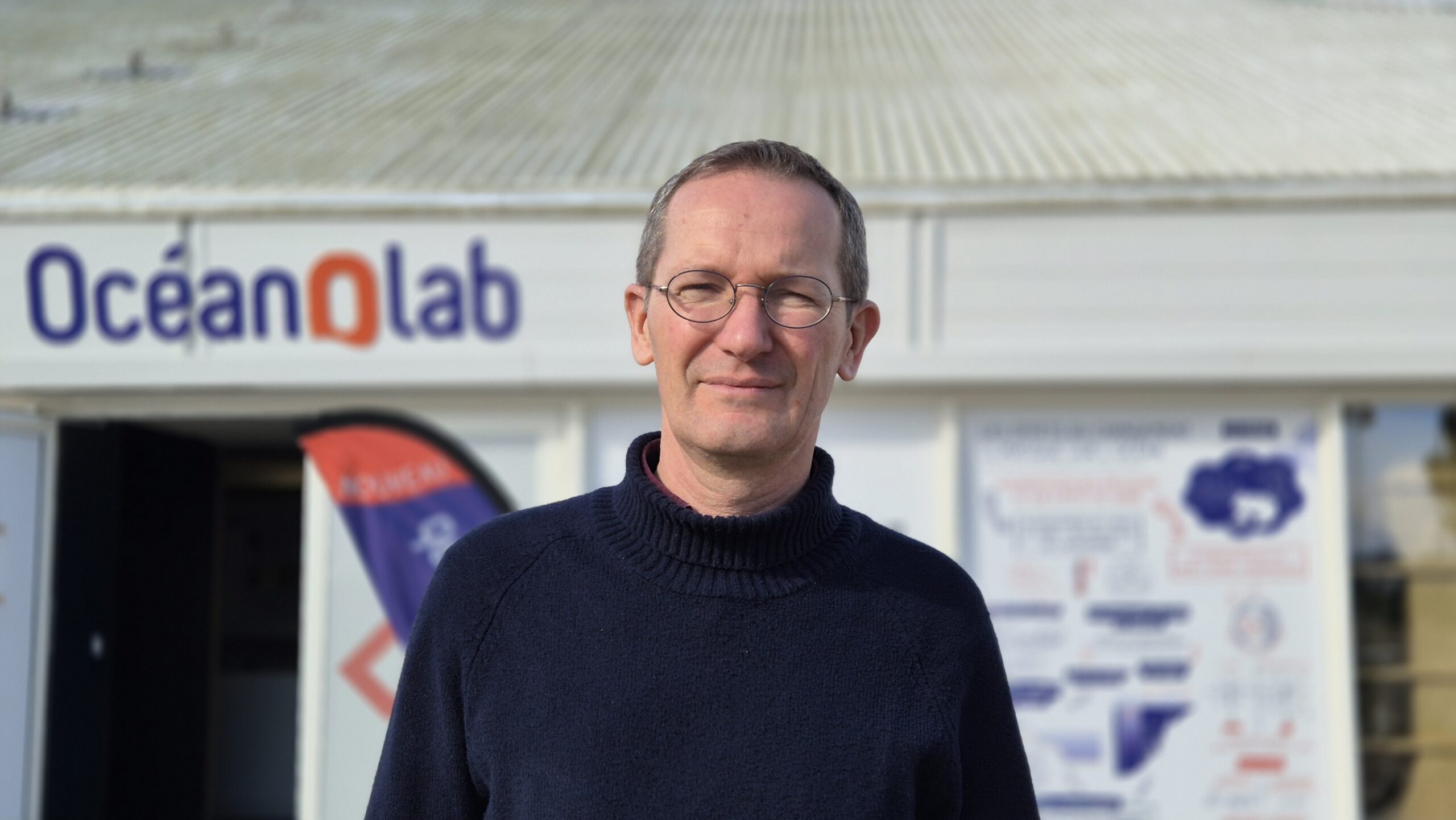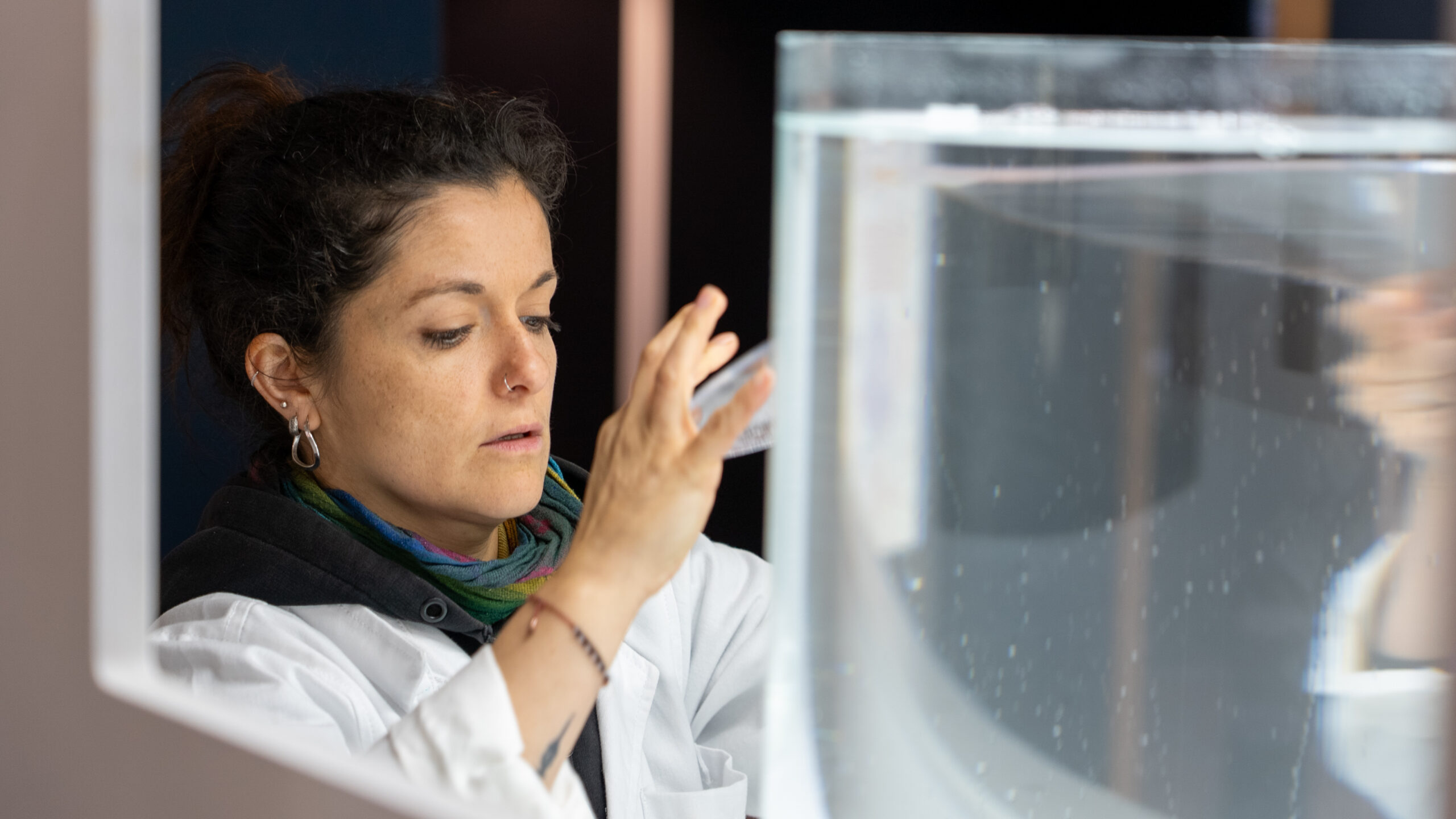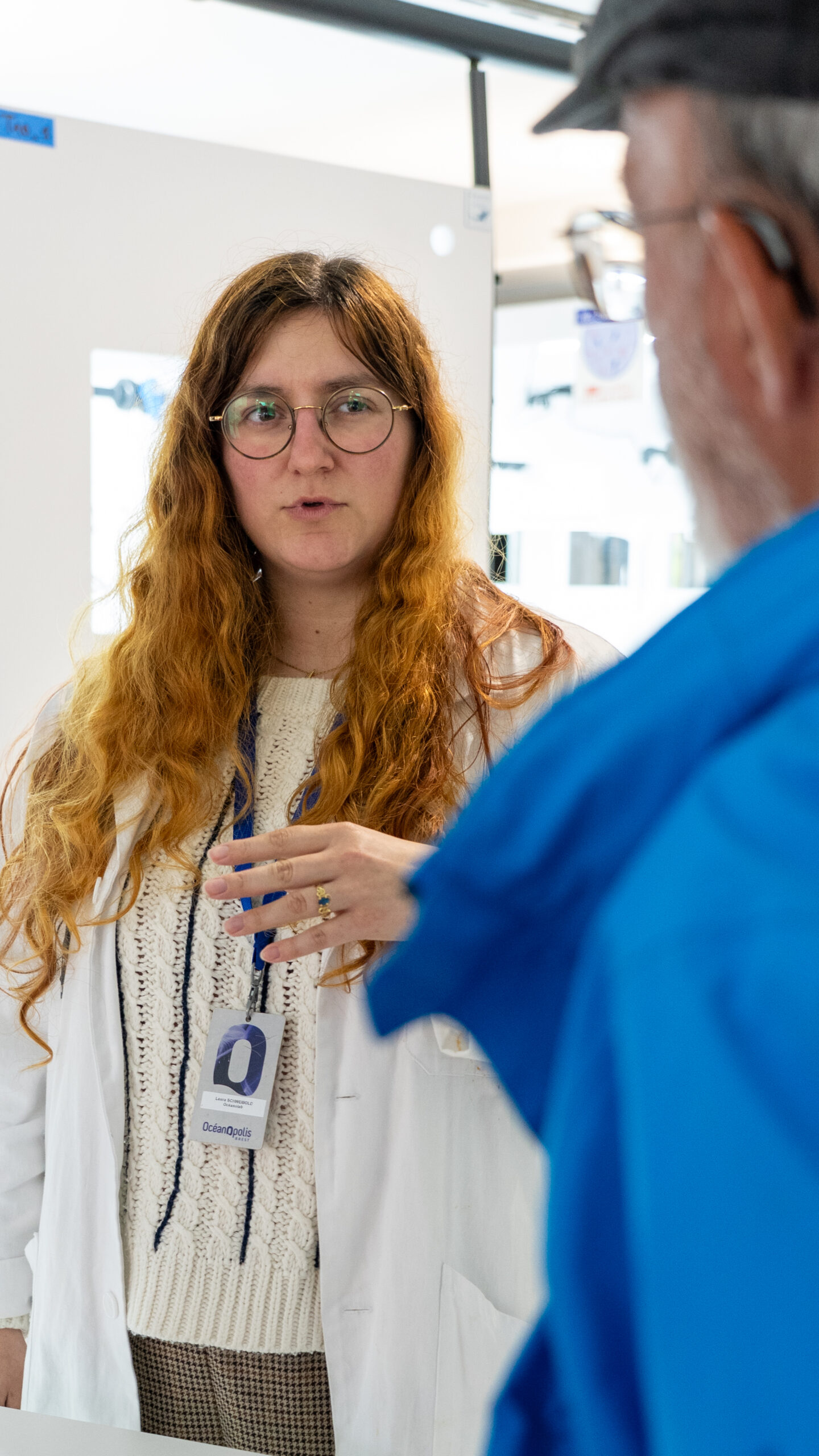
BLIC
When Plankton Goes into Bloom…
Why BLIC ?
Microalgae (and plankton more broadly) support all coastal ecosystems. Without plankton, there would be no oysters, no fish, no whales… not much, really! Plankton is a vital link in the ocean’s web of life. The better we understand it, the better we can protect it and anticipate the effects of changes in the ocean like invasive species, warming waters, pollution, or overexploitation of resources.
These changes are already having an impact. Some species are disappearing, while others are showing up in places they never used to be. As a result, ecosystems that were once rich in diversity are becoming simpler and more uniform.
But is that really a problem?
Does an ecosystem with a wide variety of phytoplankton species function better than one with only a few?
And how does the presence of predators, like zooplankton, influence the answer?
These are the questions that the scientists at Océanolab are trying to answer.
The BLIC project
The BLIC experimental design
Plankton ID
When we talk about plankton, we’re not referring to a single biological family or genetically related group. Instead, we’re talking about a collection of organisms that all share one thing in common: they drift with the currents in the water column. But these species can be extremely different!
Plankton includes fish, shellfish, and crustaceans in their larval stages but also plants, bacteria, and even viruses.
Plankton is what scientists call a “polyphyletic group”, meaning it brings together species not because of shared ancestry, but because they occupy the same ecological niche, they live in similar environments and interact with other species in com
Ecological niche
Plankton includes all organisms that live suspended in the water and are unable to swim against the current.parable ways.
Habitat
Anywhere there’s water! You can find plankton in lakes, rivers, oceans, puddles—and even in raindrops.
Feeding
That depends on the species: phytoplankton performs photosynthesis (light to produce energy) or chemosynthesis (chemical elements to produce energy), while zooplankton feeds on other living organisms.
Behavior
Plankton can perform tiny vertical migrations. Some use tiny cilia or flagella to move around.
The scientific process of BLIC
Marine ecosystems are changing: coastal zones are more polluted, climate change is affecting ocean waters, and invasive species are colonizing these environments.
Populations of marine organisms are becoming more uniform and losing biodiversity.
Within coastal ecosystems, plankton forms the base of the food web. Its importance is therefore crucial for many species—and for many human activities.
Scientists from the BLIC project are asking how these changes will affect plankton. They are mainly studying two key questions:
- Does a phytoplankton-rich ecosystem function better than a less diverse one?
- How does the presence or absence of zooplankton affect the development of phytoplankton blooms?
In short, the scientists want to know whether the disappearance of certain phyto- or zooplankton species could alter the functioning of entire coastal ecosystems.
To answer these questions, the research team is conducting a 20-day-long scientific experiment, repeated 9 times over the course of the year.
In this experiment, the scientists recreate 4 ecosystems: one rich in phytoplankton (comparable to the Bay of Brest), and three others with decreasing diversity, in order to obtain a range of phytoplankton diversity. Each of these 4 ecosystems is reproduced in triplicate. This scientific method ensures robust and reliable results.
These ecosystems, enriched with nutrients, are observed for 20 days. During this time, various phytoplankton species can grow and interact.
At the same time, under identical conditions, 4 additional ecosystems (also in triplicate) are cultivated—with the only difference being that zooplankton is added to them after 10 days.
Several types of daily analyses are carried out in all experimental ecosystems:
- The amount of nutrients consumed
- The quantity and identity of phytoplankton species that have multiplied
- The health status of the phytoplankton, especially their ability to photosynthesize
- The quantity and identity of zooplankton species that have developed in the relevant ecosystems
It is still too early to interpret the results. Analyzing such samples, especially counting phytoplankton, is a lengthy process. Each sample contains several thousand individuals.
Once scientists have analyzed the results of all 9 experiments, they will be able to draw conclusions and share them with us.
We’ll then know whether the many changes affecting coastal ecosystems also threaten plankton and the species that depend on it.
L'équipe

Philippe Pondaven
Cécile Klein

Maéva Gesson

